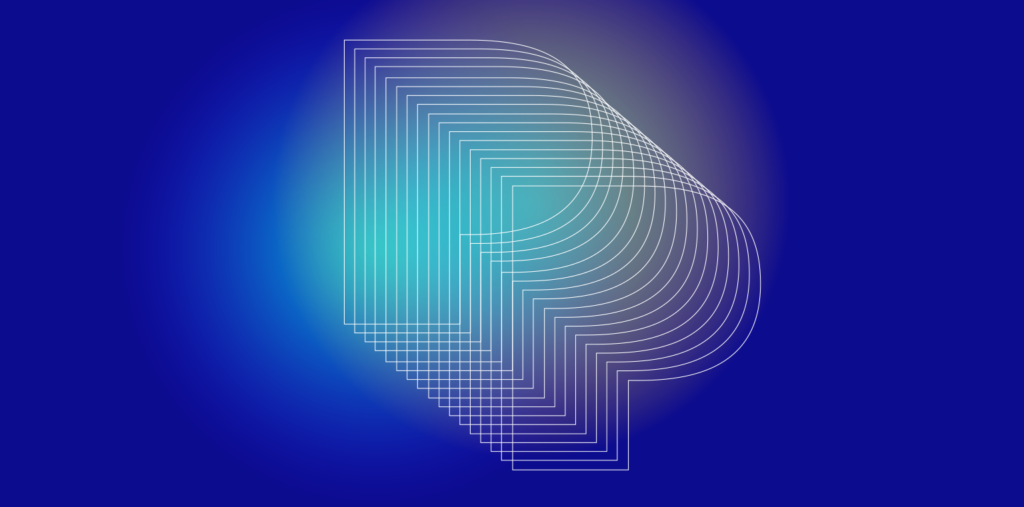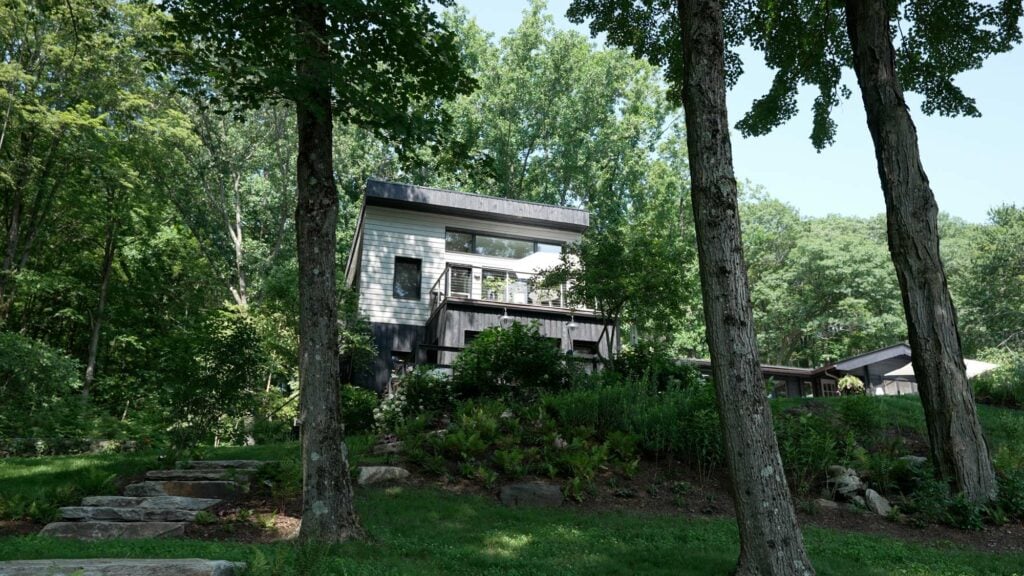
November 29, 2023
Andrés Jaque On Mud Architecture

Andrés Jaque is the founder of the New York– and Madrid-based architecture practice Office for Political Innovation, and dean and professor at Columbia University’s Graduate School of Architecture, Planning and Preservation (GSAPP). His practice explores architecture as an entanglement of bodies, technologies, and environments. As an architect, a researcher, and a curator, Jaque approaches materiality in his work as relational, trans-scalar, and intrinsically political.
Would you like to comment on this article? Send your thoughts to: [email protected]
Related
Profiles
Meet the 2025 Planet Positive Awards Jurors
METROPOLIS announces the esteemed jurors for the 2025 Planet Positive Awards, honoring excellence in sustainable design.
Viewpoints
Sustainability News Updates for Q4 2024
“Alignment” is the word of the hour in every sector of the building industry, as different stakeholders come together to tackle climate impacts.
Viewpoints
METROPOLIS Natural Habitat Video Wins a 2024 Eddie Award
The winning video features a tranquil upstate New York retreat designed with Passive House principles.





